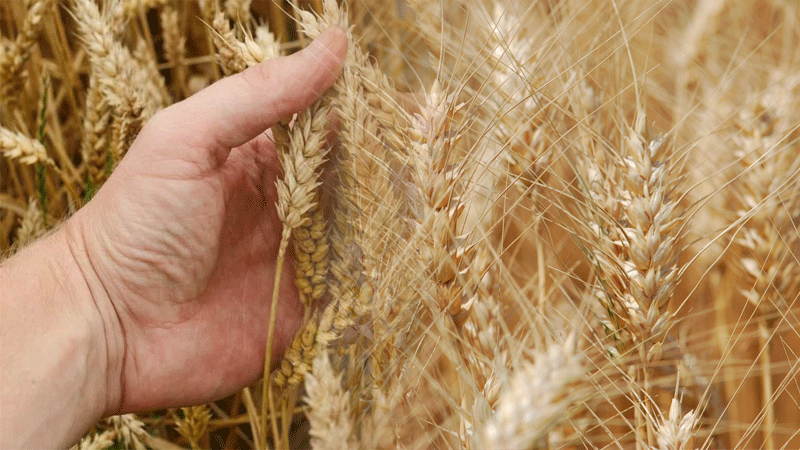China has a high prevalence of the disease known as wheat yellow mosaic, which is brought on by the wheat yellow mosaic virus (WYMV), a soil-borne virus.

Scientists in China have found a gene that can improve resistance to the disease wheat yellow mosaic, which results in significant yield losses in crops according to a report in China Science Daily on Monday.
China has a high prevalence of the disease known as wheat yellow mosaic, which is brought on by the wheat yellow mosaic virus (WYMV), a soil-borne virus.
The development of disease-resistant wheat varieties is the best line of defence, so it is essential to look into gene resources with antiviral characteristics.
The Chinese Academy of Agricultural Sciences’ Institute of Crop Science researchers used genome-editing technology to create wheat editing material by silencing the TaeIF4E translation initiation factor gene and cultivating its single, double, and triple mutant varieties.
According to the study, only the triple mutant variety completely resisted WYMV infection and displayed normal seed germination with no loss of yield. The growth and seed setting of the single and double mutant varieties were severely stunted.
The study concluded that TaeIF4E participates in WYMV infection as a susceptibility factor gene, highlighting the possibility of engineering virus resistance in important wheat varieties by genome editing of this gene.
The yellowing of the leaf in a stippled or streaked pattern next to the leaf veins is one of WSMV‘s symptoms. If plants get sick early in the season, they may become stunted. A field’s edges or areas close to volunteer wheat patches are frequently where symptoms first manifest.
The onset of symptoms might not happen until after spring warming. Although the virus can also spread mechanically, this is not thought to be the main method of spreading throughout the field. The wheat curl mite is the carrier of WSMV.
The mite is so tiny that it cannot be seen with the naked eye, but it can cause the wheat leaf to curl so that the upper surface is rolled inward when it is present in large numbers.
Wheat WSMV infection can affect both winter and spring wheat. Even though symptoms may not show until the spring, infections that happen in the fall harm winter wheat the most.